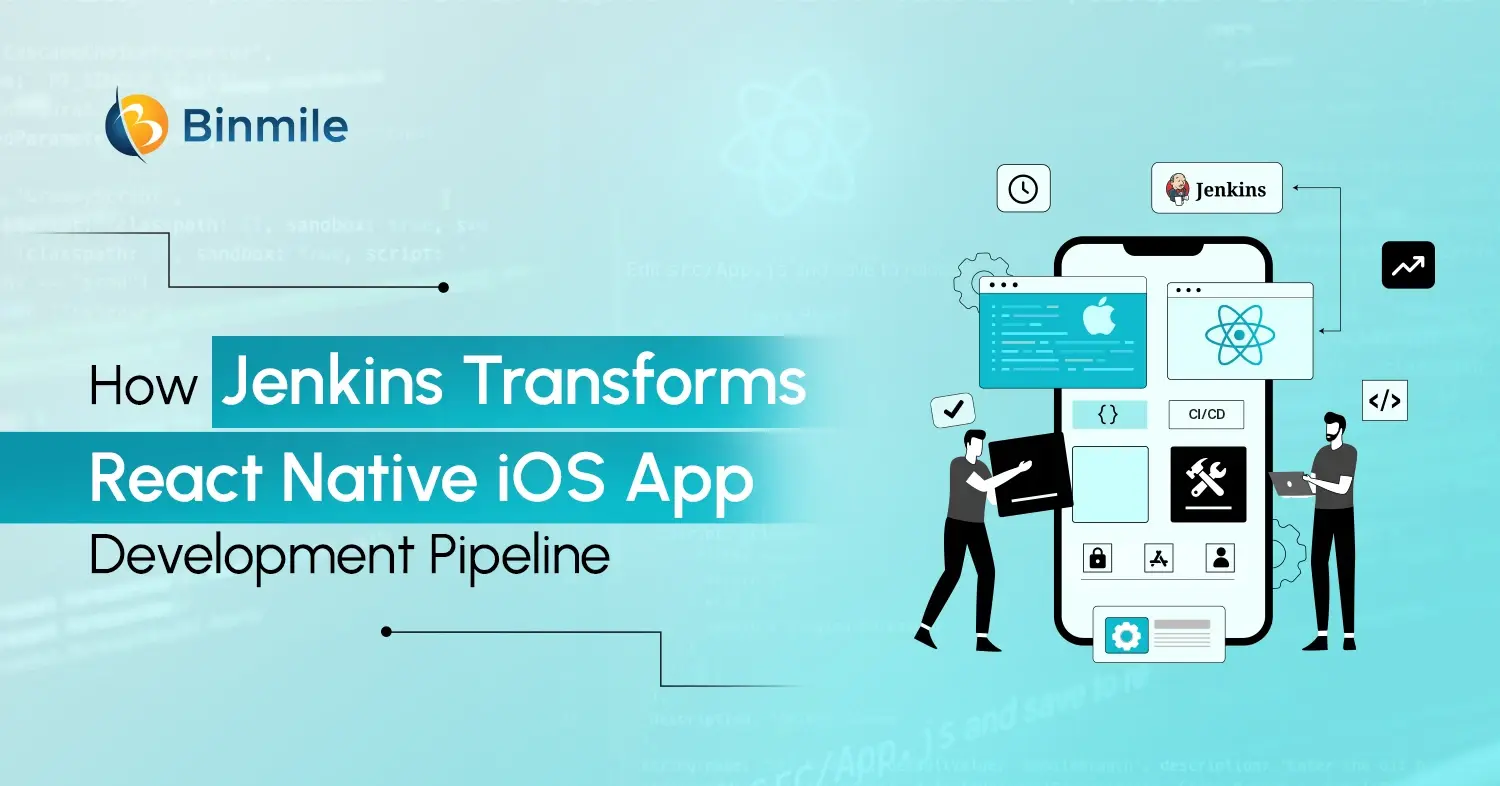Undoubtedly, overall mobile consumption is on the rise. Thanks to native apps. Almost half of the global population, 3.8 billion, will be smartphone users in 2021. Market and consumer data research company Statista that 3 hours is the average time US adults spend on their phones. Emergen Research agrees that the global progressive web application market reaches USD 10.44 Billion by 2027 at a CAGR of 31.9%. Now, progressive web apps (PWA apps) are substituting native apps in an unprecedented move. Progressive web apps or PWAs behave and feel like a native mobile app. The best part of these apps is that you don’t need to download them from an app store. There is a long list of benefits offered by PWAs for businesses. Let read the content to know how PWA apps bring a big change to the online business with reference to the findings of a few reports and surveys and major utilities of these apps.
PWA Statistics Showing a Big Transformation in the Online Business Scenario
Progressive web applications have gained the business world’s attention due to the smooth user experience and ease of development in the last few years. Moreover, these apps don’t need separate distribution owing to the building of apps through web technologies. Check out interesting statistics on why PWAs are going to transform the scenario of the online business.
Higher Conversion Rates than Native Apps
A study steered by the TOP 30 PWAs report shows the average conversion rate for PWAs is 36% higher than native mobile apps. This difference directly affects mobile revenue. The poor conversion rate includes multiple screen browsing, difficult navigation, security concerns, and personal data challenges. Interestingly, a progressive web app successfully handles these issues. That is why there a big switch over from native apps to PWAs that offer a smooth mobile look and feel with the functionalities and desktop user experience.
50% Higher Customer Engagement
According to digital product company Smashing Ideas, a PWA ensures higher engagement than a native app. Companies that switched to PWA registered an increase to 250% from 20%. It is a remarkable change that has benefited big brands like Lancome, Twitter, MakeMyTrip, OLX, and Trivago.
These apps are engaging as they let users access their favorite website smoothly and comfortably e way from their phone, are significantly more engaging. Moreover, they fetch more mobile revenue in the long run.
Faster Page Loading Speed Up To 10 Times
Time to the internet (TTI) and mobile site speed is vital for having a smooth digital experience. The TOP 30 PWAs report confirms that about 53% of users leave a mobile website that loads in more than 3 seconds. Brands like Wego, Twitter Lite, Forbes, and ZEE 5 have switched to progressive web apps and benefited from a faster page loading speed and reduced page load time. Moreover, TTI is time until users are ready to interact with the page, even it hasn’t loaded entirely yet. PWAs use “service worker” cache to store data and app features that make the app load immediately once after assessing the app.
Lower Bounce Rate
The report also shows that the average bounce rate of a PWA is just 42.86%. On the other hand, 60% is the average mobile bounce rate. Surprisingly, the bounce rate is also higher on desktops and tablets. PWAs emerge as an excellent option for the brands that are interested in having an enhanced user engagement. Progressive web applications are steadily substituting native mobile apps owing to the features of lower bounce rate, faster page loading times, a higher number of mobile sessions, and page views.
Lower Costs than Native Mobile Apps
The rising cost of app development is a big concern of all business enterprises. Here, a PWA makes things happen in favor of enterprises as the cost of a PWA development is 3-4 times less than a native mobile one. Moreover, separate app development efforts for the operating system (OS) and app store make things quite challenging. PWAs are expressively more affordable to make as the same development works for the OS and app stores. Note that a PWA needs 33% fewer maintenance costs compared to a native app.
Smaller Than Native Mobile Apps
Do you know? PWAs can be up to 90% smaller than native mobile apps. The PWA apps are found knowingly smaller and lighter than native mobile apps when it comes to size. Interestingly, they are no heavier than 1 MB.
- Twitter Lite (600 kb size) – Improved efficiency and customer engagement
- Pinterest (150 KB size) – Efficiency and accessibility
- Starbucks (600KB size) – Ultra-light and faster app
- OpenSooq (28.3 KB size) – Improved engagement rate with more leads
In addition, the unique features of these apps help you send real-time alerts when the app is not running. PWAs can integrate with other functionalities on a device, whether it is payment information or an address book.
Also Read: Enhance Business Success with PWAs
Summing Up
In the age of digitization and the high adoption of online apps, progressive web apps offer a great workaround to mobile users’ typical problems. PWA apps occupy significantly less space being lighter in size. High adoption of online apps and growth in digitization is likely to drive the market during the forecast period. The latest technological development has resulted in a shift toward progressive web apps. Big brands are using PWAs to expand their customer base. Entrepreneurs take help from a trusted PWA development company that creates PWA apps that run faster across all platforms.
Note that progressive web apps are fast, responsive, cheaper to build, and work with many screens. Hence, they are a big fit for business enterprises of all sizes and types.









